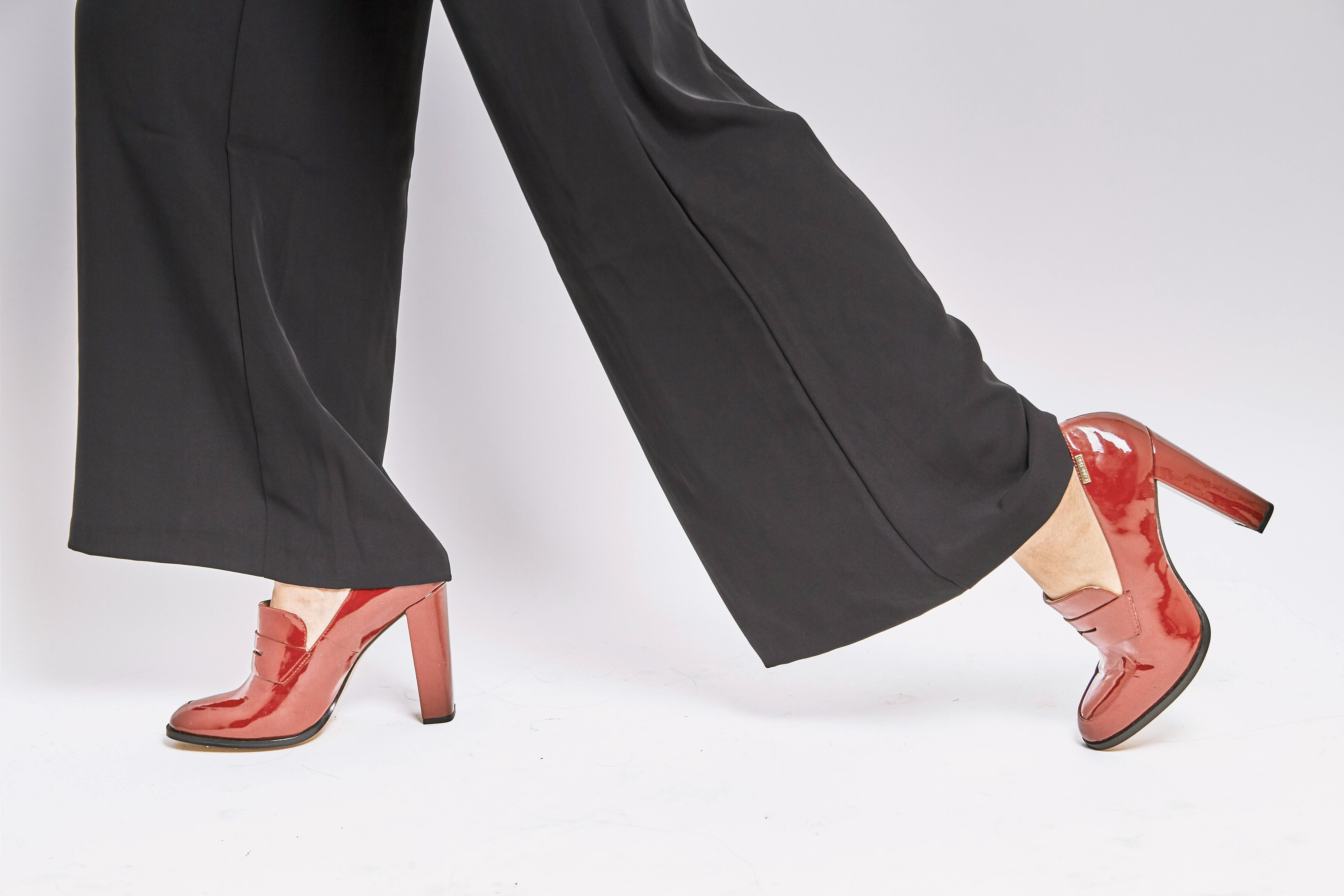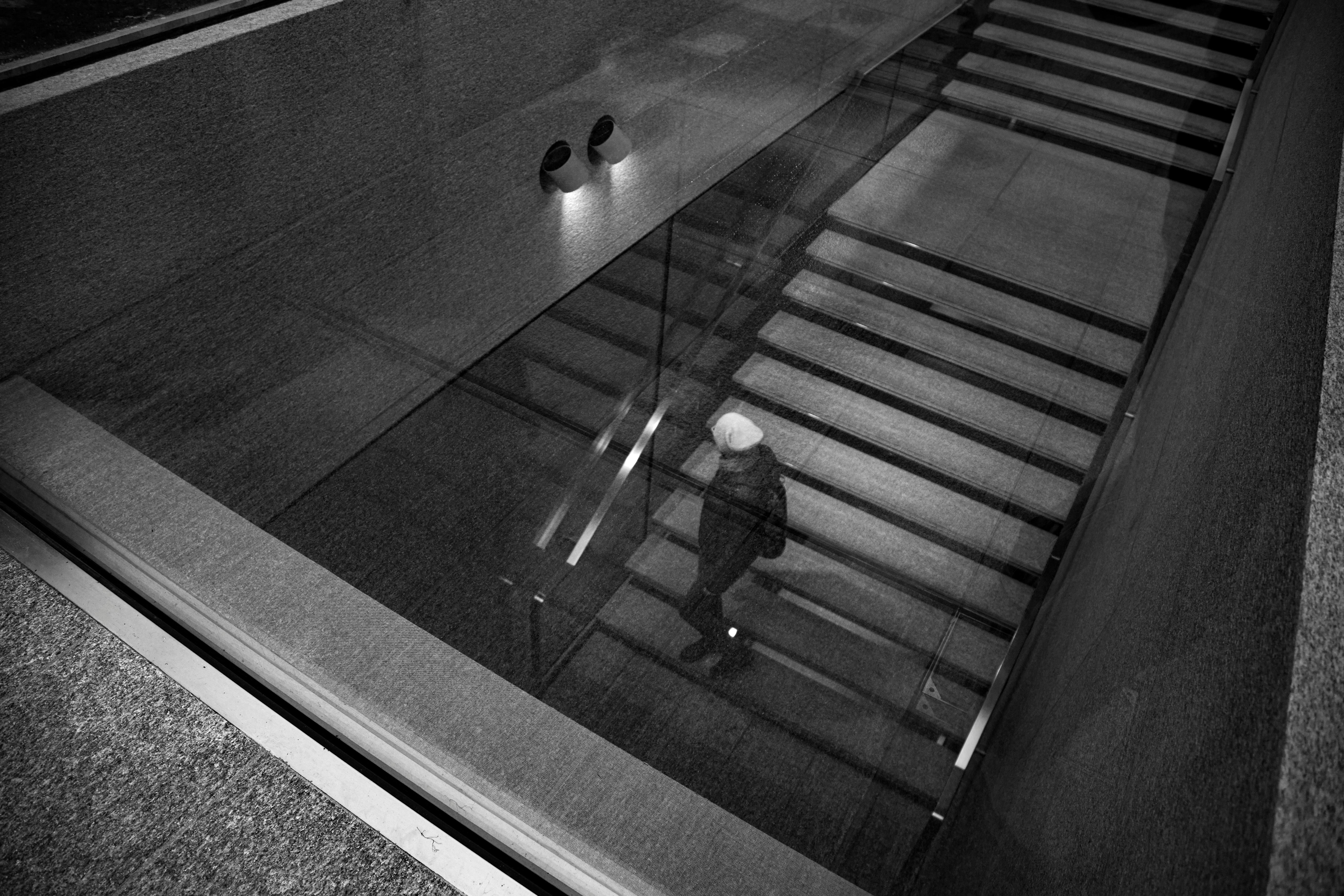Yacht charter in the British Virgin Islands
The British Virgin Islands (BVI) is a British Overseas Territory, located in the northern Caribbean Sea east of Puerto Rico and the United States Virgin Islands. They are part of the Leeward Islands chain. The approximate coordinates are 18 ° 20 ‘N 64 ° 40’ W. The archipelago of the Virgin Islands archipelago is made up of the United States Virgin Islands and the British Virgin Islands.
The British Virgin Islands enjoy a subtropical climate, moderated by the trade winds. Temperatures remain fairly stable throughout the year with a daily maximum of around 29 ° C in summer and 25 ° C in winter. BVIs average about 115 cm of rain per year, although this is higher in the hills and the coast is drier. The rainiest months are from September to December. The British Virgin Islands is in an area that can see hurricanes from June to October and this effectively limits the boating season from November to May.
Among the many attractions of the British Virgin Islands are; numerous white sand beaches; the baths in Virgin Gorda, snorkeling in the coral reefs near Anegada; the famous bars of Jost Van Dyke Island.
The British Virgin Islands include the main islands of Anegada, Jost Van Dyke, Tortola, and Virgin Gorda along with more than fifty smaller islands and cays. The smaller islands include; Beef Island, Cooper Island, Ginger Island, Great Camanoe, Great Thatch, Guana Island, Mosquito Island, Necker Island, Norman Island, Peter Island, Salt Island. Only about fifteen of the islands are inhabited. The British Virgin Islands are mostly volcanic in origin and have rugged and mountainous terrain. Anegada is the exception and is a flat island made up of limestone and coral. Tortola is the largest island, approximately twelve miles long and three miles wide. Road Town, in Tortola, is the capital of the islands. The British Virgin Islands have a total population of around 22,000 people.
The Virgin Islands were first colonized by the Arawak Indians of South America around 100 BC. C. and they inhabited the islands until the XV century when the Carib Indians of the Lesser Antilles Islands displaced them. The first European sighting of the Virgin Islands was in 1493 by Christopher Columbus on his second voyage to the Americas. He called them Saint Ursula and the Eleven Thousand Virgins (Saint Ursula and her 11,000 virgins); this was reduced to Las Vírgenes (The Virgins).
In the early 16th century, the Spanish Empire acquired the Virgin Islands and developed copper mining on Virgin Gorda. Subsequently, the English, Dutch, French, Spanish, and Danish sought control of the Virgin Islands. They became a well-known pirate haven. During the process of European colonization, the native Amerindian population was practically annihilated.
In 1648, the Dutch established a permanent settlement on the island of Tortola. The British captured Tortola from the Dutch in 1672, and the British annexation of Anegada and Virgin Gorda followed in 1680.
The Virgin Islands were primarily considered a strategic possession, but were also planted when favorable economic conditions existed. The British introduced sugar cane which became the main crop and source of foreign trade. Slaves were brought in from Africa to work on the sugar cane plantations and the islands prospered until the growth of the sugar beet crop in Europe and the United States significantly reduced sugar cane production.
In 1917, the United States bought St. John, St. Thomas, and St. Croix from Denmark for $ 25 million, renaming them the United States Virgin Islands, and the British renamed the islands they controlled as the British Virgin Islands. The British Virgin Islands were administered as part of the Colony of the Leeward Islands or with Saint Kitts and Nevis, with an administrator representing the British Government in the Islands. The British Virgin Islands obtained separate colony status in 1960 and became autonomous in 1967.
Since then, the BVIs have moved away from an agricultural economy towards tourism and financial services and have become one of the richest areas in the Caribbean. Politically, tourism is the more important of the two, as it employs a large number of the local population and many of the businesses are locally owned. However, economically, the financial services sector is by far the most important, providing almost 50% of government revenue in the form of license fees for offshore companies.
Terrance B. Lettsome International Airport, also known as Beef Island Airport, has regular connections to San Juan, Puerto Rico and Saint Thomas, US Virgin Islands. There are also flights from most of the main Caribbean islands, Antigua and Saint Martin. It is located on Beef Island, just off the eastern tip of Tortola. Virgin Gorda and Anegada have smaller airports. The islands are a popular destination for Caribbean cruises and use the main port of the British Virgin Islands at Road Town on Tortola. The official currency of the British Virgin Islands is the US dollar. Major credit cards are accepted in larger establishments in the British Virgin Islands, but don’t expect to use them in small restaurants.
The traditional music of the British Virgin Islands is called mushrooms for the local cornmeal dish of the same name, often made with okra. The special sound of mushrooms is due to a unique local fusion between African and European music. Mushroom bands, also called “scratch bands and use a wide variety of instruments. Fingi is a festive dance form, but it also contains humorous social commentary and is a source for BVI oral history.
The British Virgin Islands are one of the most popular yacht charter destinations in the Caribbean and Tortola is home to the world’s largest charter fleet of yachts. Potential charters can choose between a skippered or bareboat charter. Motor or sailing boats. Monohulls or catamarans. Short distances between the islands, often just 2-3 hours, make the British Virgin Islands perfect for first-time yacht charters and families with young children. There are many flights to the BVI that facilitate access. On the downside, the British Virgin Islands can get crowded during peak periods; Christmas; Presidents’ Week and Easter. The first two weeks of July are also very busy due to the Puerto Rico vacation schedule. Charter yachts require a national park permit; ask your rental company for more details.
Moorings are becoming increasingly popular in the British Virgin Islands to prevent anchors from dragging on the bottom and damaging important coral reefs. Although cynics will tell you it’s about raising revenue too, and at $ 30 a night, it’s hard not to sympathize with this view. Night moorings are on 18 “white balls. Other mooring buoys will be found while sailing in the BVIs and are color coded as follows;
Orange: not diver, for day use only.
Yellow – Commercial dive boats only.
Large yellow: commercial vessels or vessels over 55 ‘in length
White: non-commercial boats, for day use only.
Blue: for boat use only
Also note that there is a 90 minute time limit on all moorings.
The main port of the British Virgin Islands is at Road Town on Tortola. And most letters start and end here. Village Cay Marina is one of the full service marinas available in Road Harbor offering fuel, water, ice, provisioning, laundry, showers, salon and spa. There is a freshwater swimming pool and a restaurant and bar facing the sea. Other marinas in Road Town Harbor include Fort Burt Marina and Inner Harbor Marina. There is also another full service marina on Nanny Cay that offers another starting point for yacht charters. The Nanny Cay Marine Center has amenities including showers, water, gift shop, laundry, ice and fuel, provisioning, storage lockers, and two restaurants. There is also a dive shop, mechanical repairs, refrigeration, welding, and a 24-hour boat chase service. Allow time at the beginning or end of your yacht charter to explore Tortola. Driving the steep and winding mountain roads of the island offers stunning views. Some of the best beaches in all of the British Virgin Islands are found at Cane Garden Bay and Long Bay, on the north coast of Tortolas. Tortola restaurants are highly regarded throughout the Caribbean. Shopping and nightlife tend to be low-key, but a selection of small clubs playing local music can be found in Road Town and at the beach bars around Tortola.
West End is shown on the charts as Soper’s Hole, a sheltered harbor that sits between Frenchman’s Cay and Tortola. The Soper’s Hole Wharf and Marina offers a full range of services located in charming colored houses. The Pusser’s Landing offers oceanfront dining at two restaurants and bars, an outdoor terrace and the company store.
Jost Van Dyke Island is named after a Dutch pirate. It has beautiful beaches, good food, and music. Jost Van Dyke is home to the famous “Full Moon” parties held at Foxy’s and Sidney’s Peace and Love Bar.
Anegada Island is known for its beautiful pink and sugary sand beach and for diving with ancient shipwrecks and coral reefs. Anegada’s Reef Hotel is famous for the local lobster. The dining room and bar are directly on the beach. If you disembark in Anegada, bring insect repellent. You have been warned !!!
Moorings are available and it is possible to anchor along the Virgin Gorda coast. Or you can get a mooring at the nearby Virgin Gorda Yacht Harbor, a marina with berth for 110 boats, where the ferry arrives for land travelers. The shops are concentrated around the Yacht Harbor area, especially in the Courtyard. Virgin Gorda Island is famous for The Baths, a full day of exploring caves and wells within this unique rock formation. Boats are no longer allowed on the shore here and you must swim from a mooring to the beach. The Bitter End Yacht Club is located on North Sound and is a great place to pick up a mooring. You will be among some of the beautiful yachts in the BVI here. The small desert island of Prickly Pear is a great place for lunch and snorkelling and is just a boat ride from the Bitter End Yacht Club. Spanish Town, on the southwest side of Virgin Gorda, is a popular stop for shopping and stocking up.
Norman Island or “Treasure Island” as the locals know it is the home of the pirate ship “William Thornton”. Legend suggests that this is the legendary Long John Silvers treasure site. Norman Island sits near the border line that separates the BVI from the US Virgin Islands.Although uninhabited, it is alive with tourism. The caves here are one of the most popular tourist attractions in the BVI. This is a popular overnight anchorage and many charterers will dine aboard the Willy T, a 100 ‘steel schooner.



Recent Comments